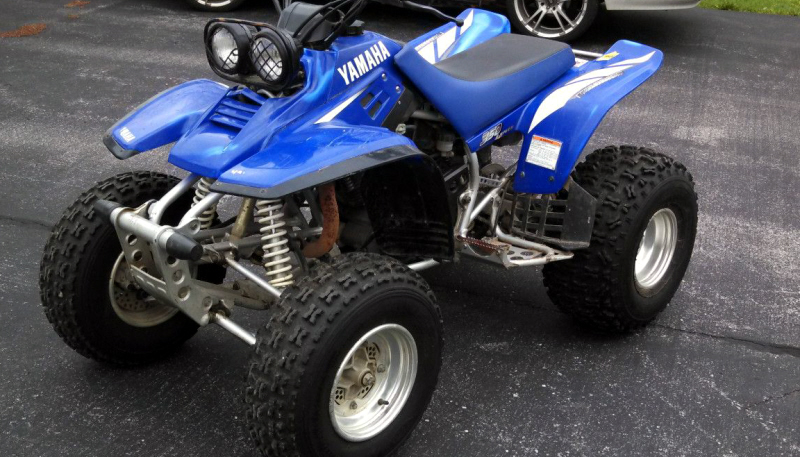Ask the Editors: How to Trust a Non-Running ATV
My questions is what to check for otherwise without it being able to run? Slash0311
On a non running vehicle, checking the condition of the clutch and internal gearing is quite difficult. What you would want to do is ask as many specific questions of the current owner as possible- including how frequently the fluids were changed, whether or not the clutch has ever needed service etc.
Aside from working off the seller’s answers, let the condition of the things you can check be your guide-
Start with the clutch cable itself- is it worn out and adjusted past capacity? Is it rusted and dry? Neglect here doesn’t bode well for the condition of the rest of the drive-train.
Is the metal on the machine similar to what you’d find if they raised the Edmund Fitzgerald? Rusty connectors, frame spars and covers are an indicator of a machine that has been left outside/ in the elements. This may not seem important until you attempt to work on said machine only to find the head of every bolt round off with the slightest bit of torque.
Tires also speak volumes on the type of riding most often done on it by its current owner. Gouges in the lugs or carcass usually happen by rock crawling as do excessive deformities in the rim itself. If the center knobs are worn down to near-slick status but the shoulder tread looks perfect, you can be sure the vehicle was used for a lot of road riding. Cracks or signs of dry rot usually indicate long periods of inactivity as do flat spots. Specific-use tires also say a lot about the type of conditions for which the quad was used: paddles for sand, deep lugs for mud and water crossings etc.
Any vehicle’s true health and service history can be found within its fluids so be sure to take a moment to listen to what they have to say. Pop open the gas tank and shine a flashlight inside. If the tank is metal, look for excessive rust and corrosion, not only where the cap mates to the tank but on the inner-walls and of course in the fuel itself. Smell the gas; it should have the familiar odor of fresh fuel not unlike your truck fill-up on your way to the guy’s house. If it smells like turpentine or is particularly “weak”, there’s a good chance it has sat for a while. This is less of a concern for a fuel injected model but something to consider on a carbureted one as clogged jets can be a hassle to properly clean.
Pull the dip stick (or check the sight glass) to clue in on the engine oil’s status. If it’s black and runny, it’s been well-used and likely has not been changed on regular intervals. If it’s nearly clear, there’s a very good chance it was just changed, possibly even for the purpose of selling. If it looks brown like chocolate milk, there is a blown seal between the cooling system and the engine block and finally if you notice any metal filings or fragments suspended within the oil, there is a very good possibility there are bigger issues at hand internally.
Finally pay the air box a visit. Pop the seat and open up the airbox. Engines are nothing if not glorified air pumps so the condition of the air entering says a lot. If the box’s interior is coated in a film of dried dirt, sand, dust etc., this is a very bad sign. As are a dried out, crumbling or a missing air filter element. Run, don’t walk, away from any ATV that has been ridden without an airbox lid.
What you want to see is a clean airbox interior with a moist, properly installed element. If you remembered to bring your flashlight, shine around to check the seal of the filter element and intake and look for clues as well. If the box’s interior smells like Armor-all and contains wipe streaks, it’s very likely the current owner decided to do some quick touch-ups to hide neglected maintenance.
Our full list of what to look for when going used can be found here.


